Maximize Your Skincare with Retinol Creams
The quest for flawless skin is a journey every individual embarks on at some point in their life. In the myriad of skincare options, retinol creams have emerged as a cornerstone in the world of beauty and skincare. Known for their unparalleled ability to reduce the signs of aging, improve skin texture, and even out skin tone, retinol creams have become a must-have in every skincare routine. In this comprehensive guide, we will delve into the benefits of retinol creams and how to maximize their effects for radiant, youthful skin.
Understanding Retinol and Its Benefits

Retinol, a derivative of vitamin A, is a powerful ingredient widely recognized in dermatology for its skin-rejuvenating properties. It works by accelerating skin renewal, enhancing collagen production, and reducing the appearance of fine lines and wrinkles. Additionally, retinol is effective in unclogging pores, which helps reduce acne and leaves your skin looking smooth and clear.
Key Benefits of Retinol:
- Reduces Fine Lines and Wrinkles: By boosting collagen and elastin production.
- Evens Skin Tone: Helps fade dark spots and hyperpigmentation.
- Improves Skin Texture: Promotes cell turnover for smoother skin.
- Controls Acne: Helps unclog pores and reduce breakouts.
Choosing the Right Retinol Cream

Selecting the right retinol cream is crucial for achieving optimal results. The market is flooded with various formulations, and choosing one can be daunting. Here are some factors to consider:
- Concentration: Retinol products typically range from 0.25% to 2.0%. Beginners should start with a lower concentration and gradually increase.
- Formulation: Look for creams with supportive ingredients like hyaluronic acid, ceramides, and niacinamide.
- Skin Type: Consider your skin type—oily, dry, combination, or sensitive—and choose a product tailored to it.
Incorporating Retinol into Your Skincare Routine

Introducing retinol into your skincare routine requires a strategic approach. Here’s how to do it effectively:
- Start Slowly: Begin using retinol once or twice a week, and gradually increase the frequency.
- Apply at Night: Retinol can make your skin more sensitive to sunlight. Use it in your nighttime routine.
- Use Sunscreen: Always apply a broad-spectrum sunscreen during the day to protect your skin.
- Moisturize: Retinol can be drying. Follow up with a good moisturizer to keep your skin hydrated.
Common Side Effects and How to Manage Them
While retinol is generally safe, it can cause side effects like dryness, redness, and peeling. To manage these:
- Hydrate: Use a rich moisturizer to combat dryness.
- Buffer: Apply retinol over your moisturizer if you have sensitive skin to reduce irritation.
- Patience is Key: These side effects are typically temporary. Give your skin time to adjust.
Retinol Myths Debunked
Myth: You can't use retinol with other active ingredients.
Fact: While it's true that retinol can be sensitive to certain combinations, it can be used with other ingredients like hyaluronic acid and vitamin C for enhanced benefits. Consult a dermatologist for personalized advice.
Myth: Retinol thins the skin.
Fact: Retinol actually thickens the skin by increasing collagen production.
Conclusion
Retinol creams are a game-changer in skincare, offering a multitude of benefits for various skin concerns. By selecting the right product, incorporating it correctly into your routine, and being patient with the process, you can unlock the full potential of retinol for a glowing, youthful complexion.
Remember, skincare is a personal journey. What works for one might not work for another. It's always advisable to consult with a dermatologist before starting any new skincare regimen, especially with active ingredients like retinol.
Embark on your journey to radiant skin with retinol creams and witness the transformation unfold. Your skin deserves the best, and with retinol, you're one step closer to achieving your skincare goals.


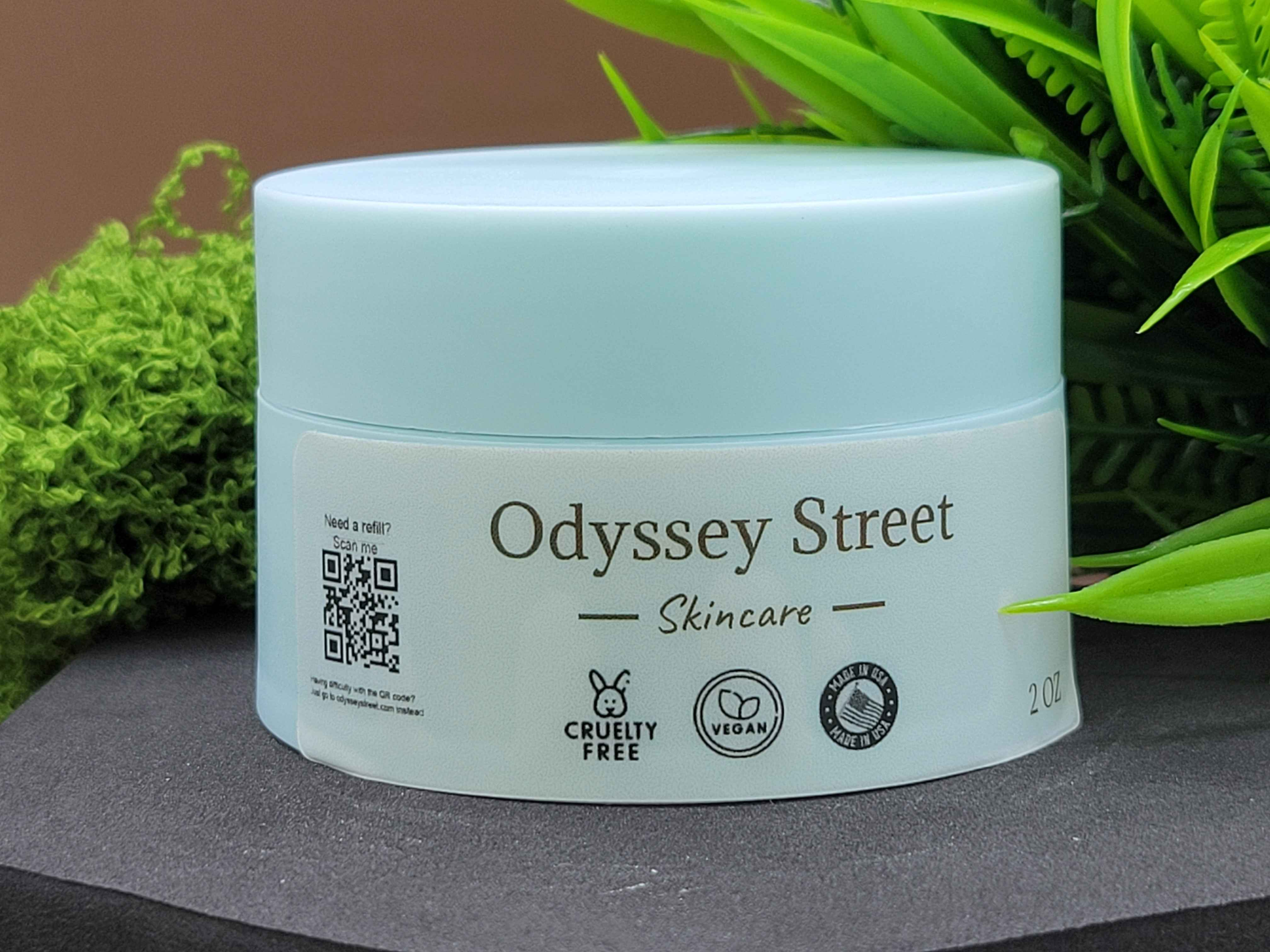
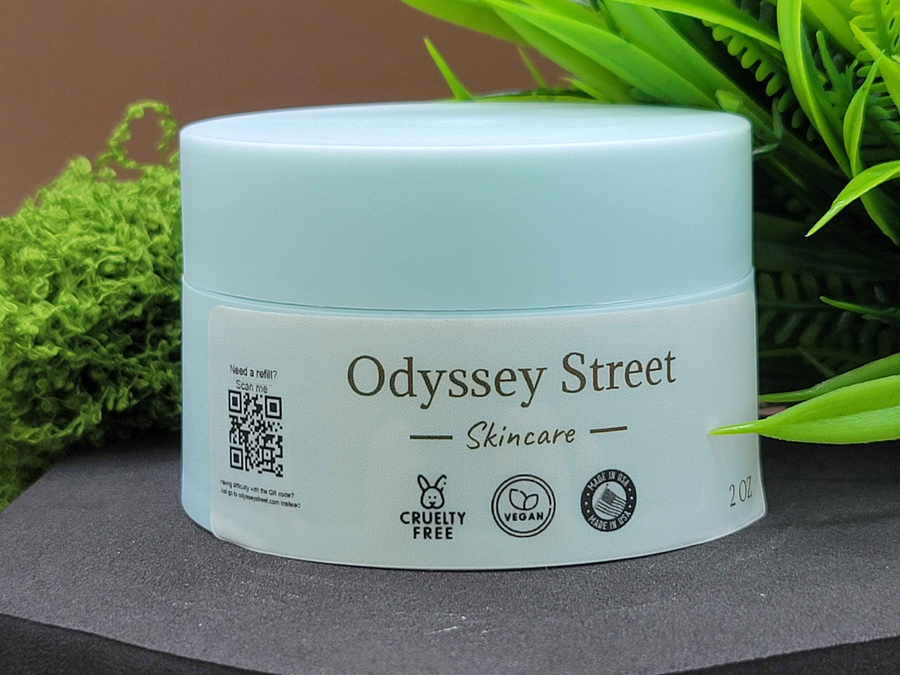
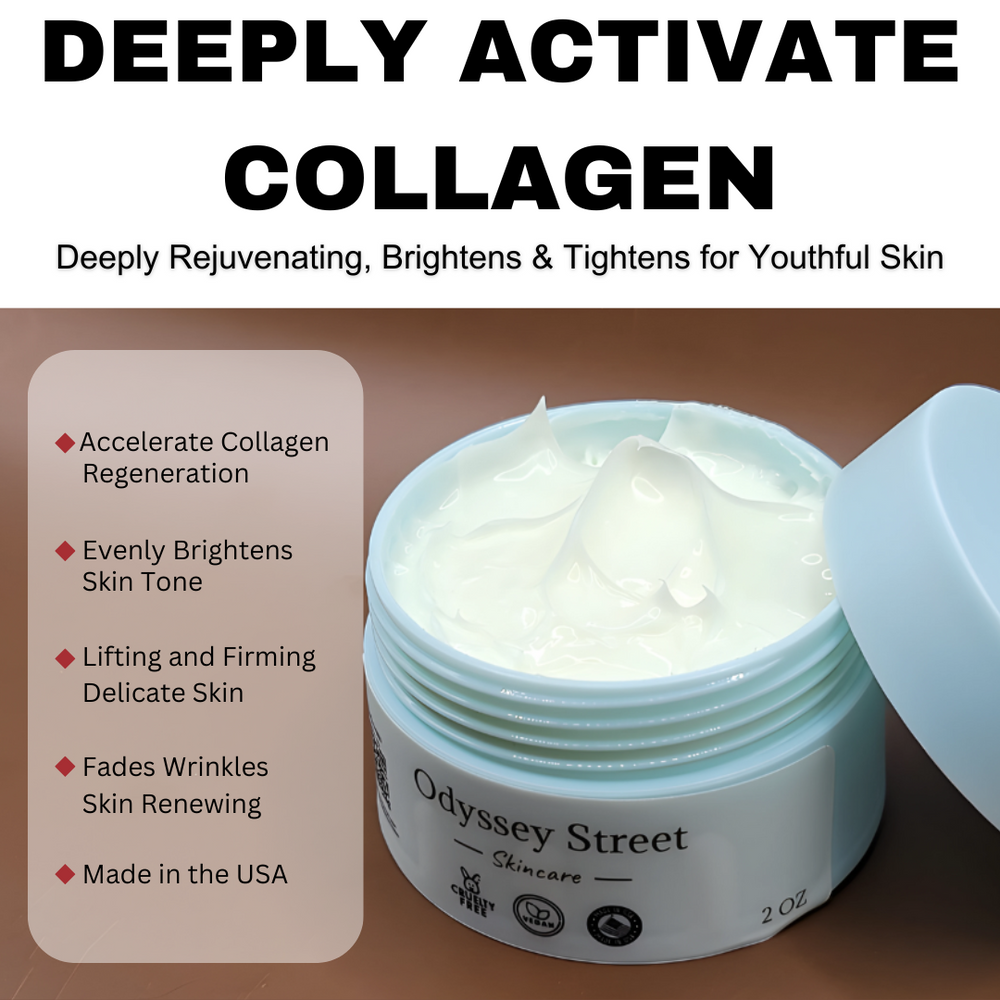




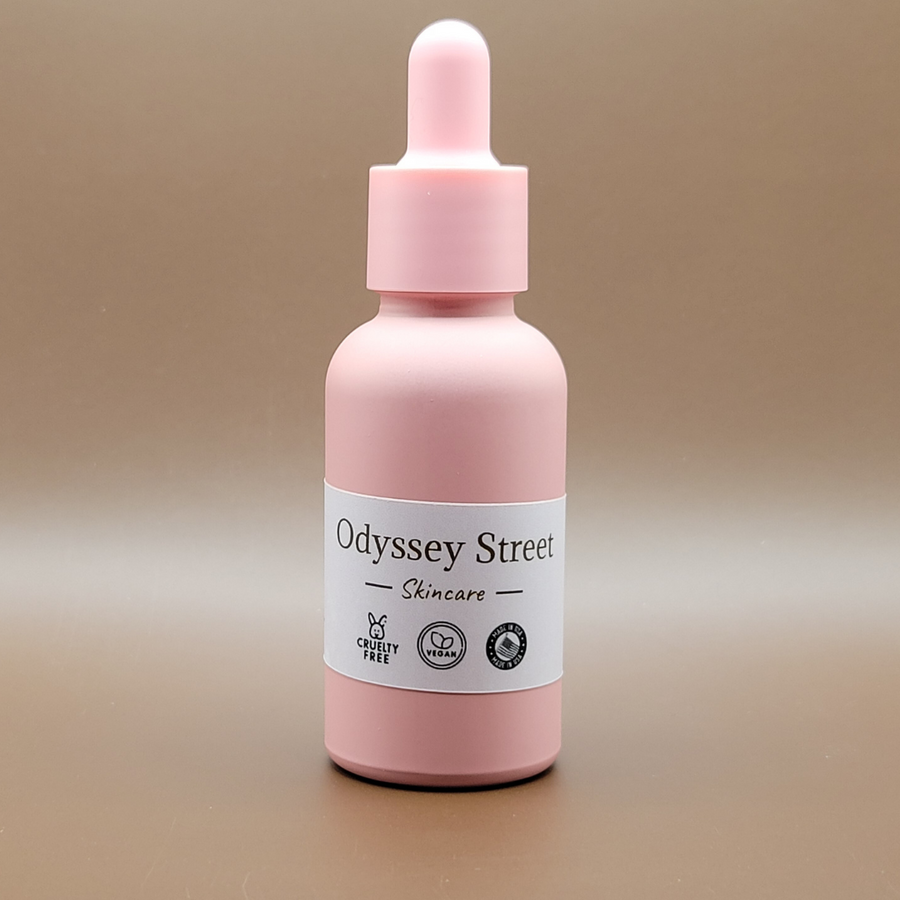
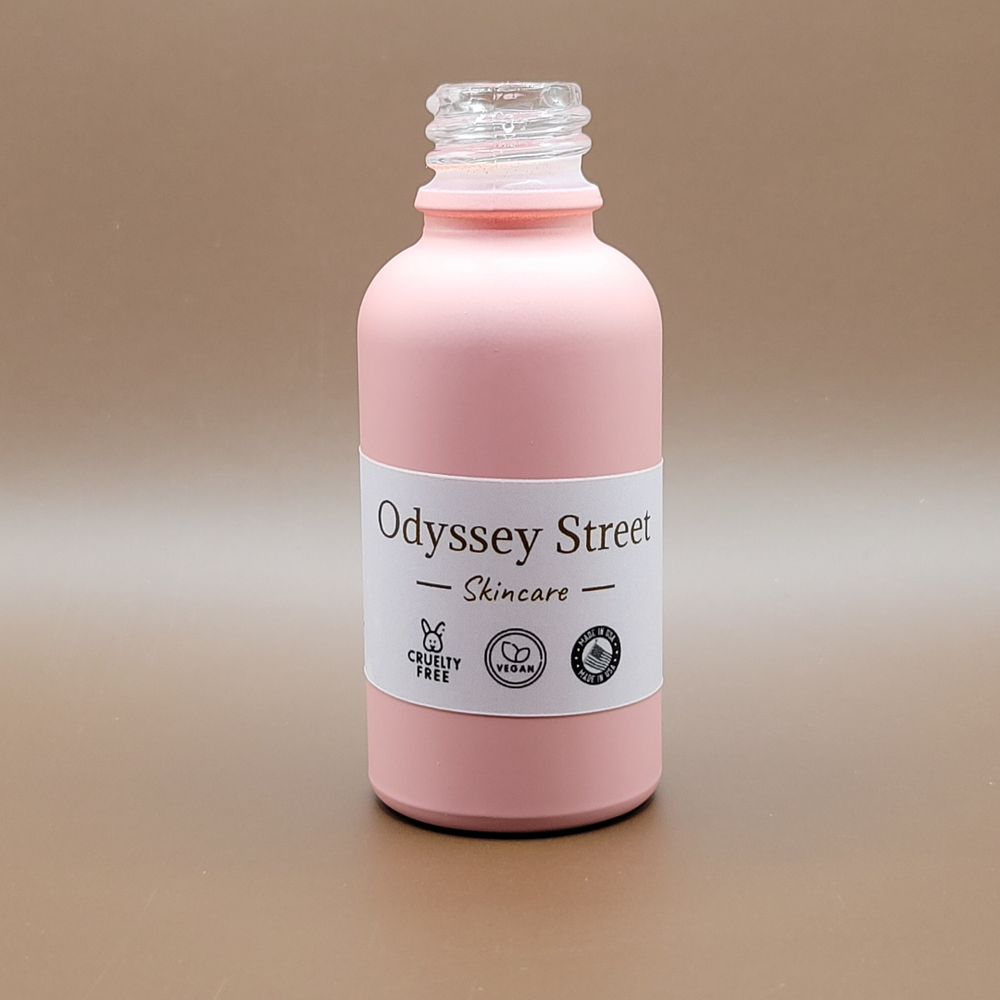
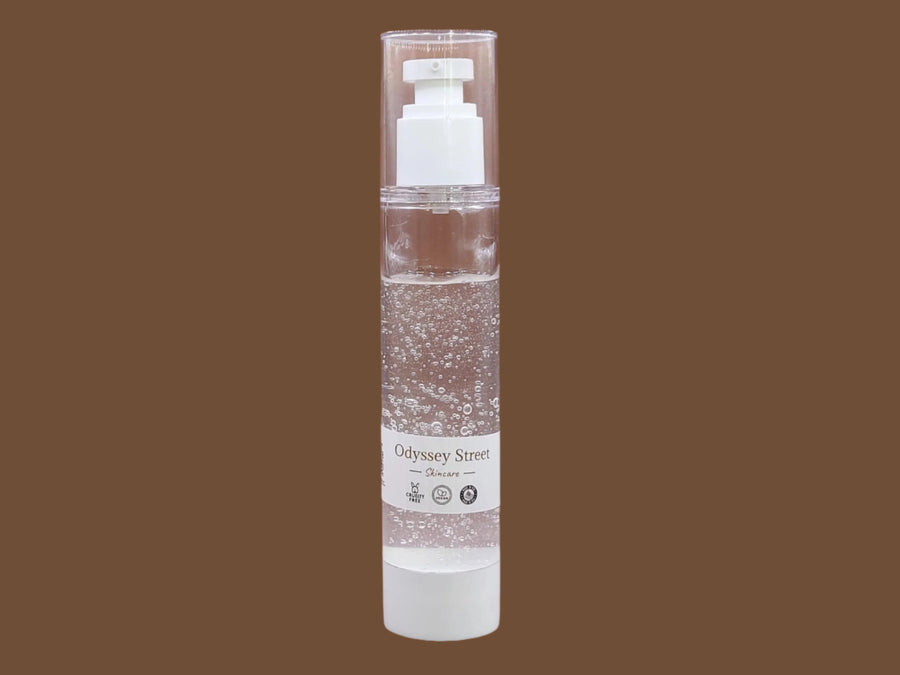
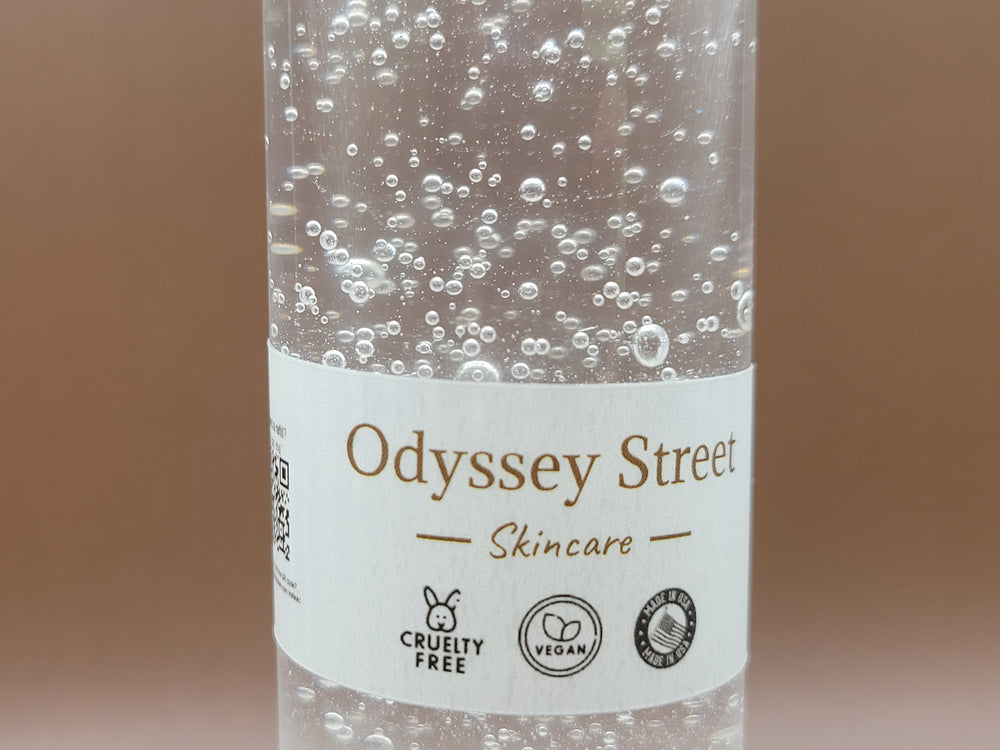
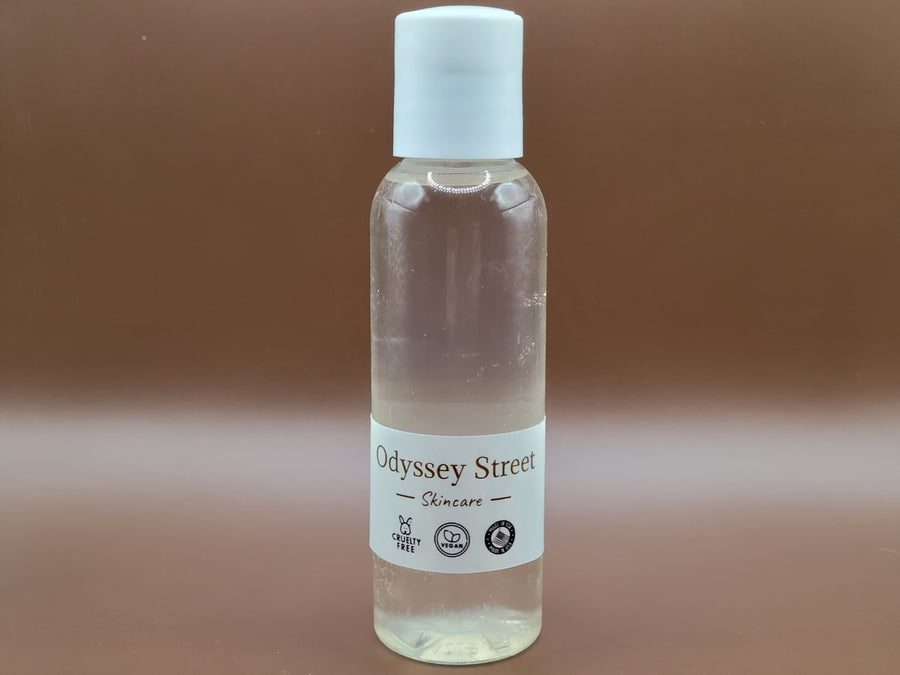
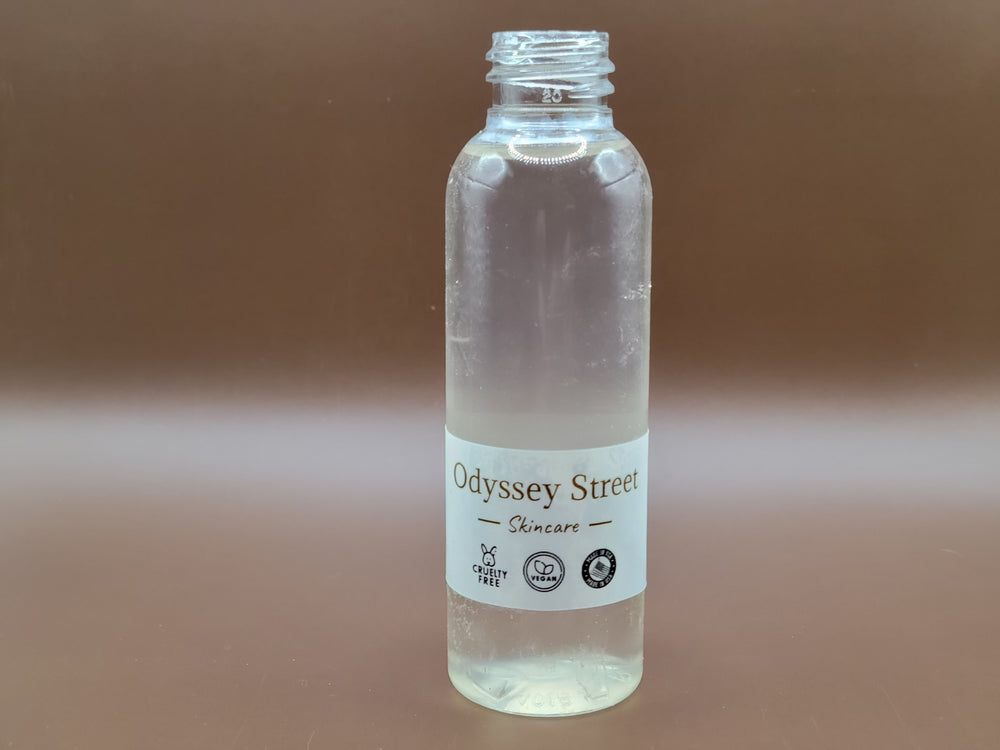

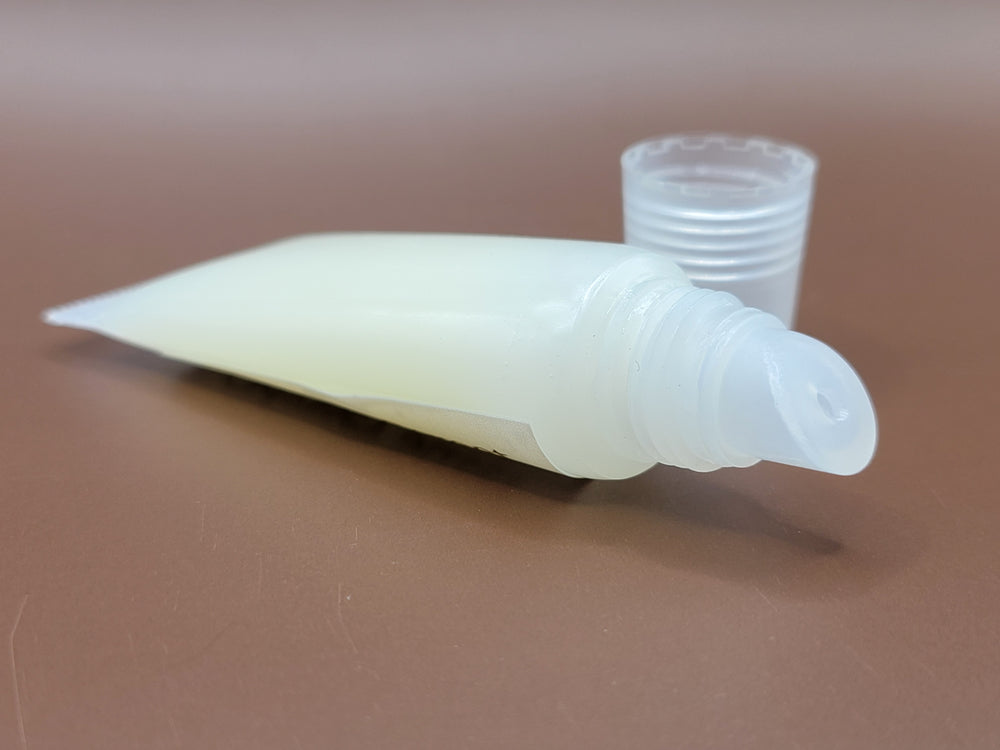
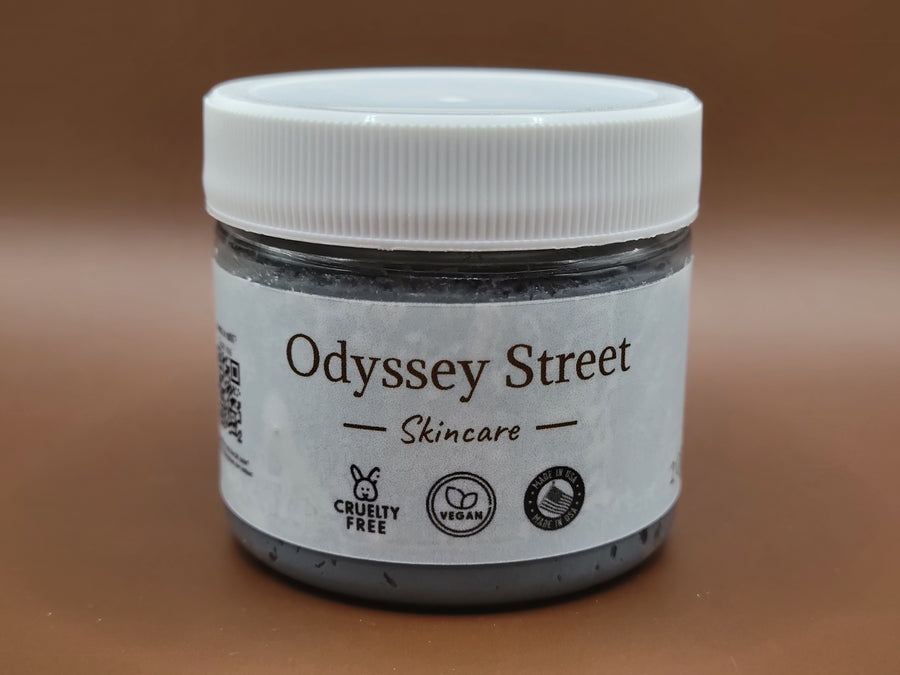
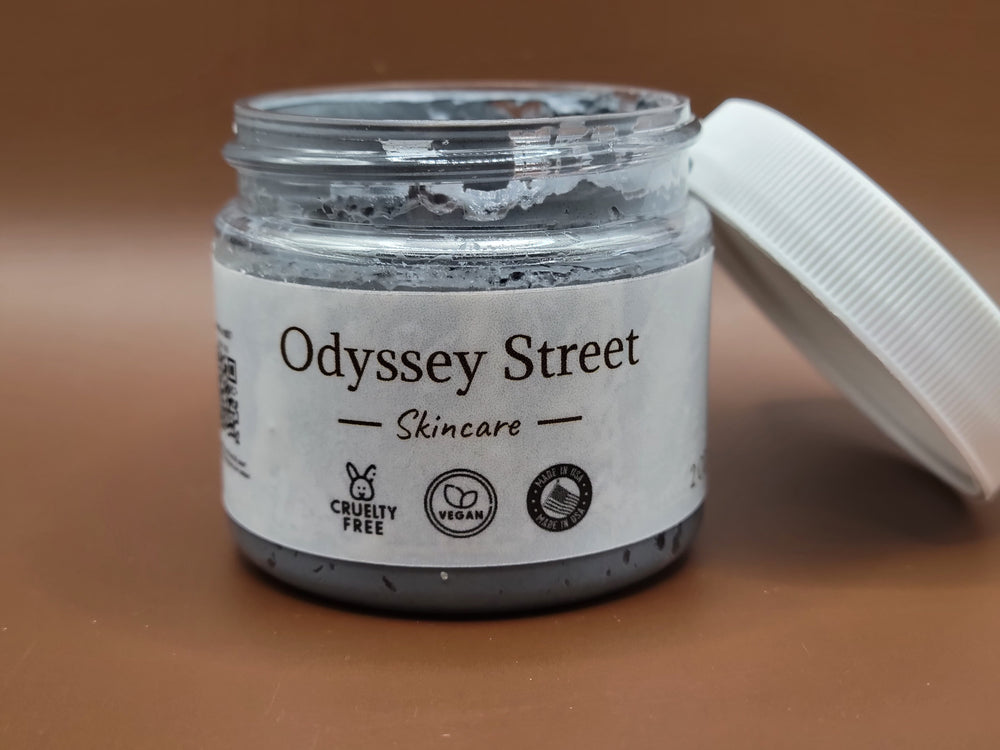
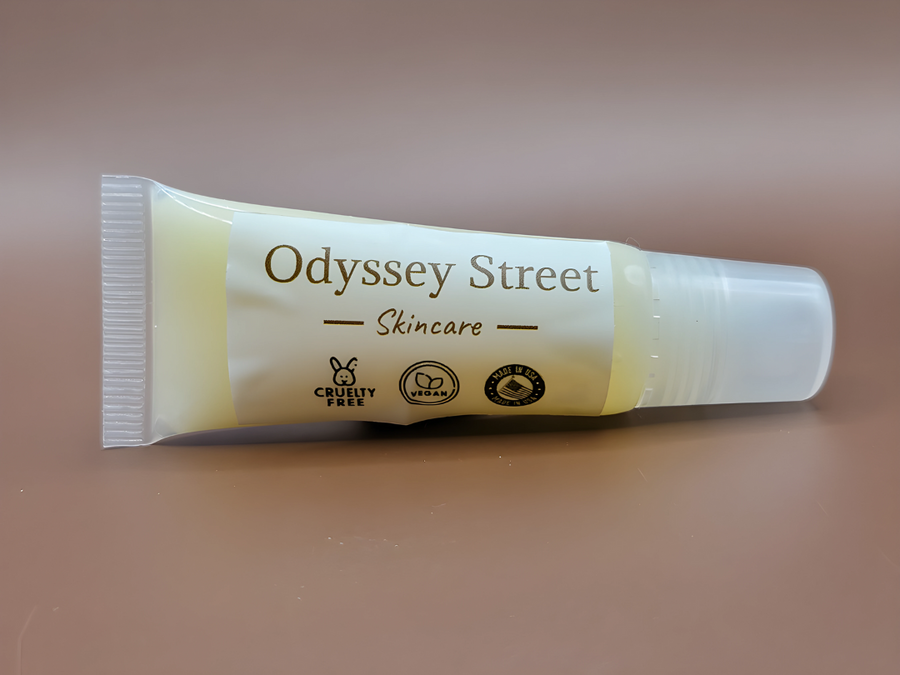
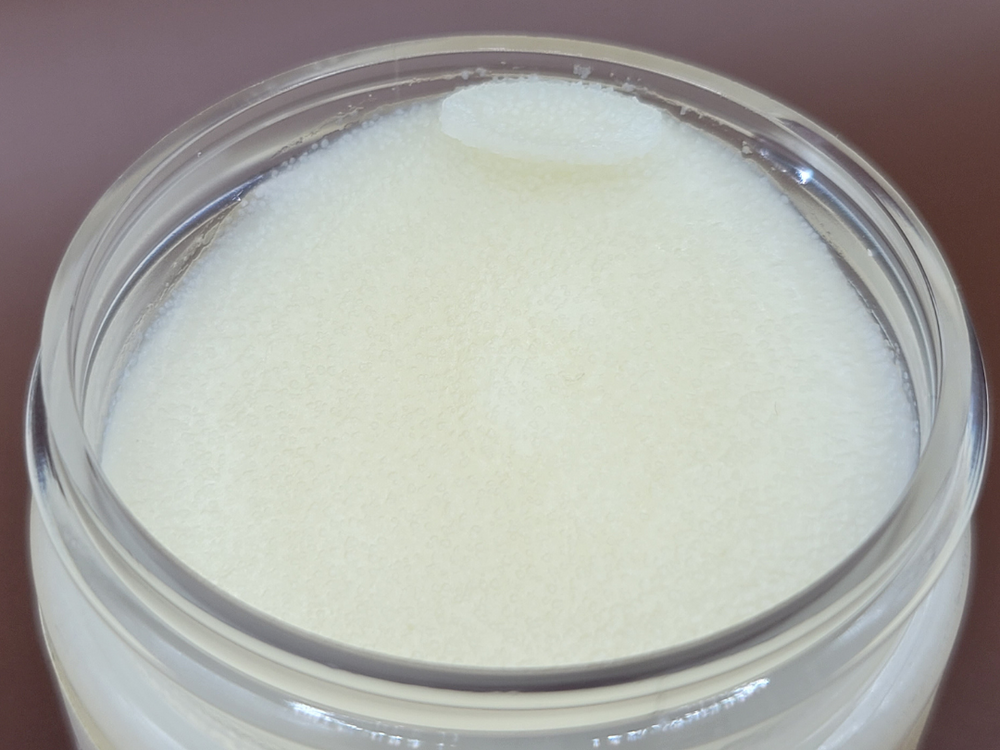
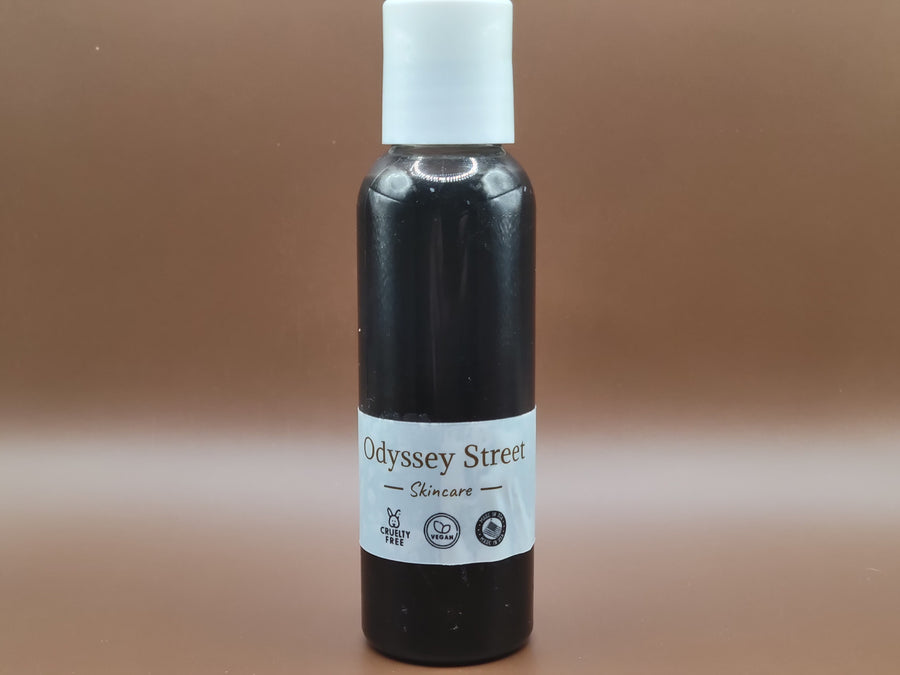
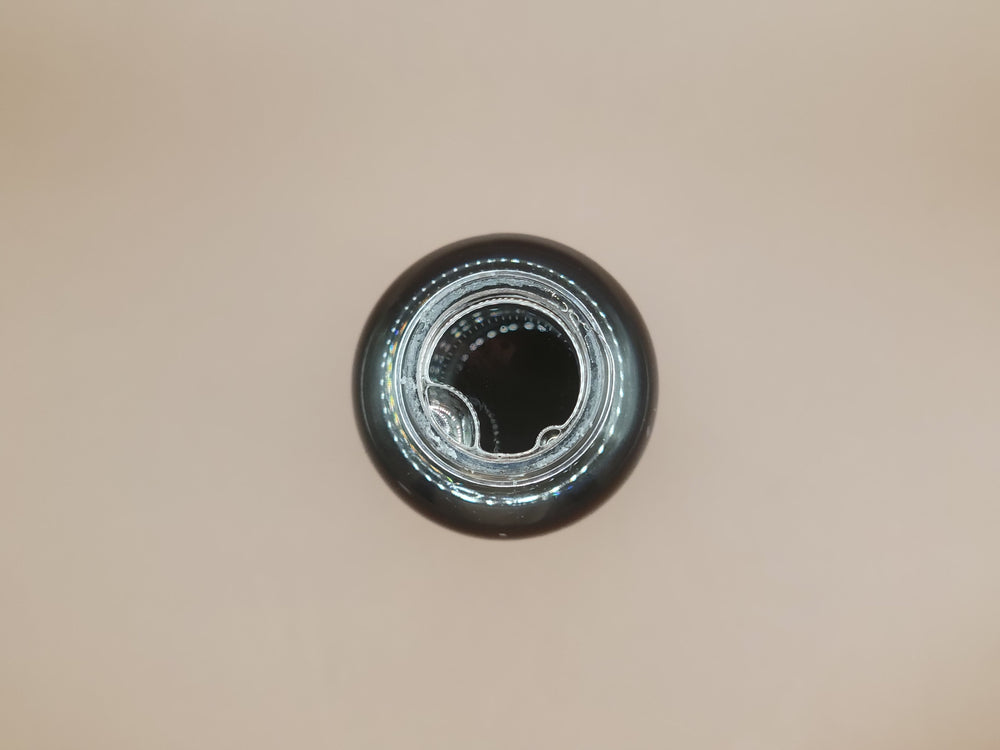
Leave a comment